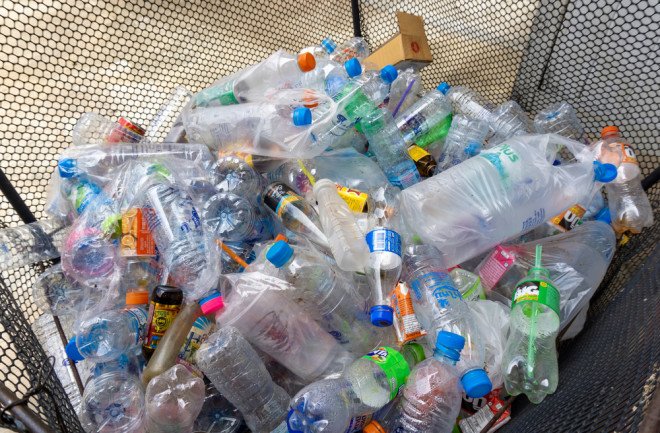Plastics are of everyday use in one’s day-to-day life. Everything you use, from shopping bags to toothbrushes, is plastic. Torn pieces of chip packets, earbuds, sticks, and chocolate wrappers are all made of microplastics. They are scientifically defined as plastics with depths of less than 5mm.
The two types of microplastics
Primary: This type of microplastic includes those designed and used for commercial purposes. These include mini packaging boxes, cosmetic and makeup products, textiles, etc.; they constitute up to 75% of the microplastic pollution.
Secondary: They include plastics that result from either breakdown or decomposition of large plastic particles due to human force or nature. It is mainly caused due to the sun’s UV rays and salty oceans. They can also be the result of fermentation.
Micro VS normal plastics
Unlike the larger plastic particles, the former takes thousands of years to decompose. They create pollution on land and water bodies and damage the environment and aquatic life. They are also difficult to recycle and reuse as they are tiny in size.
A danger to marine life
Unfortunately, even advanced water treatment facilities cannot remove these tiny plastic particles. When consumed by marine life, they die due to various infections and diseases. Research also shows that little plastic materials can combine with other harmful gasses and substances and cause further damage to the environment.
Here are a few valuable tips to reduce the use of microplastics:
Conversion into energy
Since plastic is a form of petroleum, it can be easily converted into liquid fuel. This liquid fuel can be used in vehicles for transportation. This process is called pyrolysis, which involves heating plastic materials at extreme temperatures. Hence, one must not dump the plastic into the land or water but use it as a source for incineration.
Reuse plastic and reduce its usage
Plastic recycling services is an easier option as compared to converting it into energy. Nevertheless, it’s still challenging to recycle tiny plastics. Plastic recycling services can help to solve this problem. These services collect plastic waste and recycle it into new products. The transparent materials used in juice and water bottles can be recycled as they are clear and transparent. It is challenging to recycle coloured plastics.
Effective use of biodegradation
Various microorganisms biodegrade the plastic material found on land. This can be used as the origin of carbon. Many wastewater treatment plants contain microbes that help decrease the amount of plastic exposed to the environment.
Spreading awareness.
Social media is gaining popularity due to its ability to reach many people. Any message or hashtag created to protest against plastics will reach a wide area and increase awareness among the people. It is an effective tool to motivate people to reduce the use of plastics.
Cutting or banning the usage of single-use plastics
More than sixty countries, like China, Japan, the UK, and the USA, have prohibited the use of single-use plastics by the year 2030. This is because they cause more pollution than recyclable plastics.
As an individual, dispose of plastics carefully.
The least you can contribute to the environment is by reducing the usage of plastics. While it is essential, how you dispose of plastics is also of the essence. For instance, minor changes in daily life, like not separating the tiny opened chip cover from its body, make a lot of difference as the small part, when separated, becomes very difficult to recycle or decompose.
The world has come a long way in battling the use of plastics and conserving the environment’s precious resources. There are many new methods to be developed to make the degradation process of plastics efficient.








